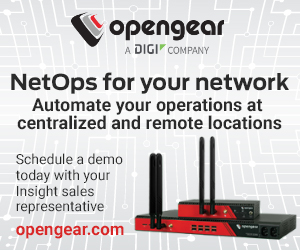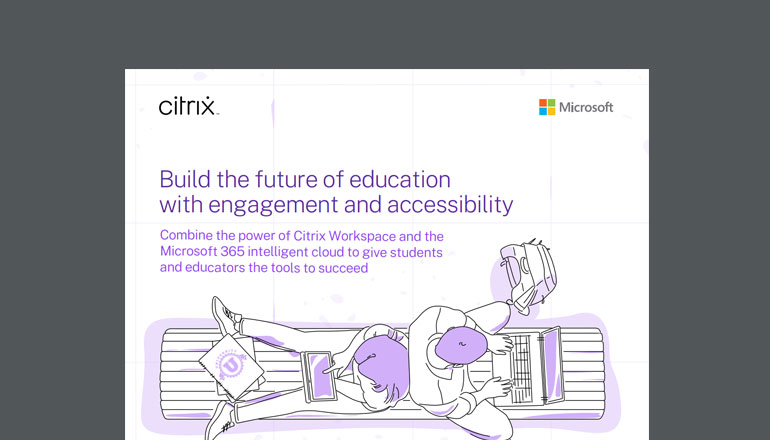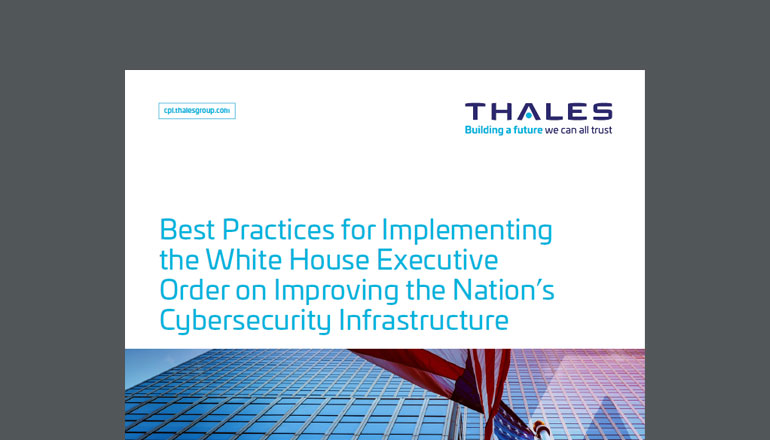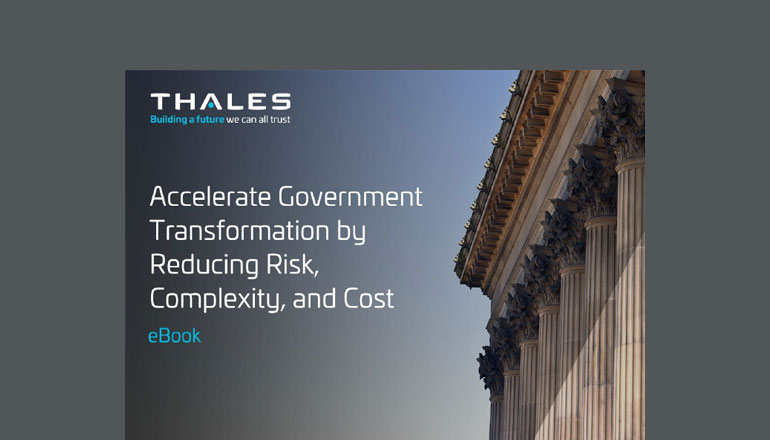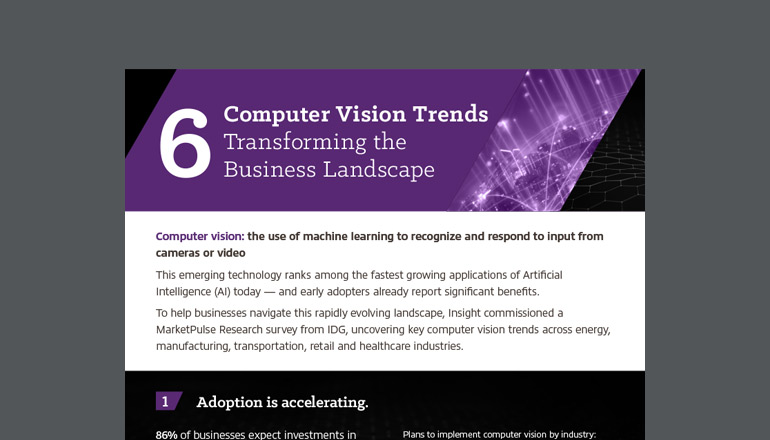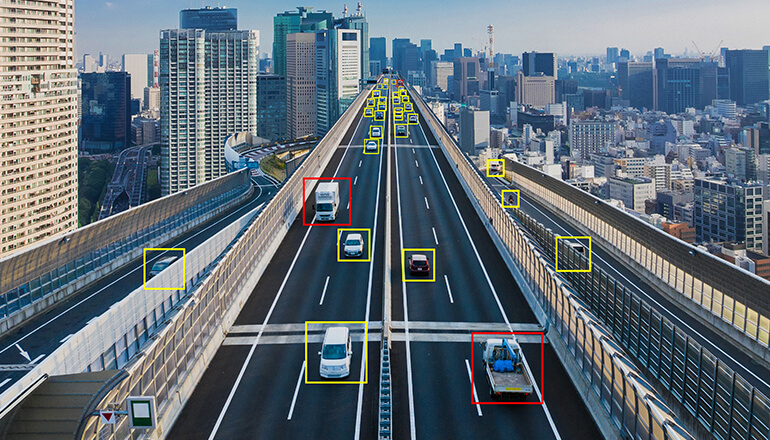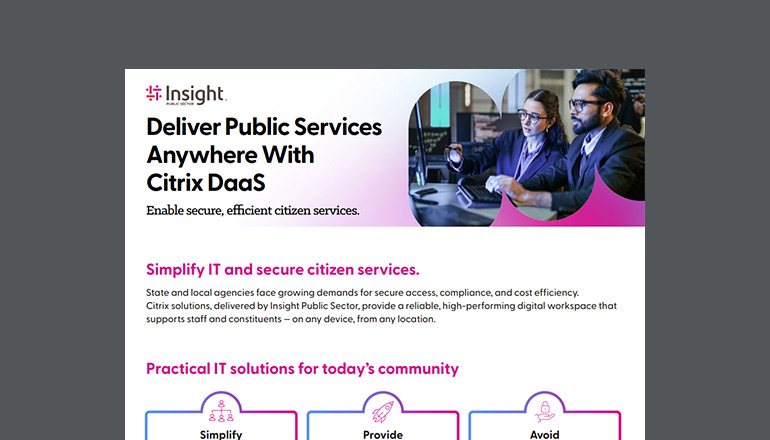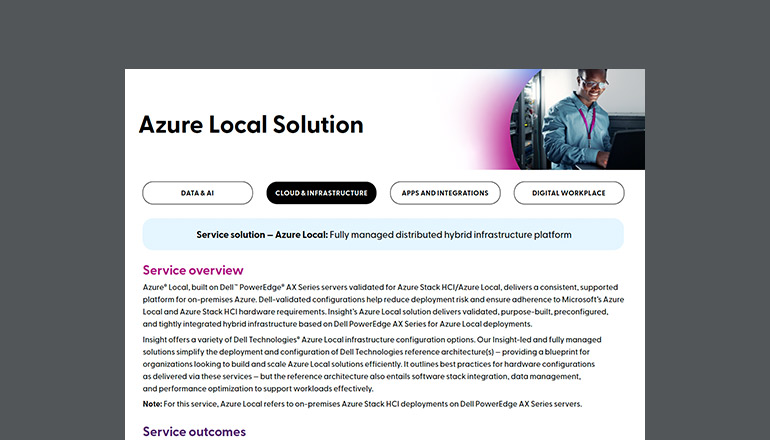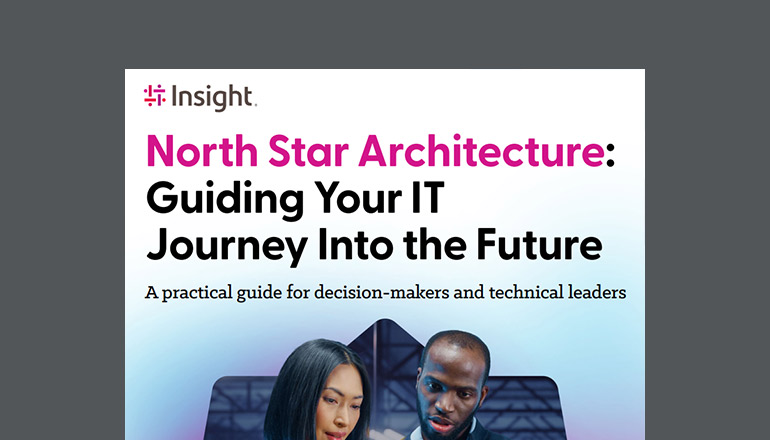Tech Journal Cloud + Edge: The Innovation Equation
By Amol Ajgaonkar / 14 Sep 2021 / Topics: Featured Cloud Digital transformation Analytics

Maximizing the value of your data by making the most of your infrastructure
By now, most organizations are leveraging the cloud in some way, and usage is only increasing. Gartner forecasts worldwide public cloud spending will grow by 23% in 2021 as organizations face ongoing pressure to support complex workloads and the demands of hybrid work.
While some continue to focus on core business functions such as IT cost optimization, risk reduction and the digitization of processes, the majority of organizations are now looking further ahead — seeking opportunities to leverage their infrastructure to drive growth, accelerate product development and scale innovation.
Cloud foundations
The reason many organizations fail to transform — and therefore survive long term — comes down to a lack of skills needed to rapidly adopt new technologies. By providing access to democratized services and capabilities, the public cloud brings solutions such as Artificial Intelligence (AI) or the Internet of Things (IoT) within reach, without requiring deep, in-house expertise. This enables businesses to do more with less, faster.
No matter the intended outcome, the effectiveness of these solutions begins with the availability and accessibility of good, clean, unbiased data. Today’s cloud providers make it easy to ingest, store, query and visualize massive amounts of data in support of a wide range of use cases. Backed by security, resiliency and geoproximity capabilities, the cloud enables users to access the tools and information they need to make better business decisions from anywhere in the world — without the need to connect to an on-premises data center.
Ultimately, accelerated innovation in the cloud supports accelerated innovation across your company. Having the tools to execute on individual projects more effectively empowers your organization to ideate and transform faster, driving disruption and competitive advantage. This is why, according to McKinsey, 75% of the cloud’s predicted value comes from its ability to enable innovation.
But while public cloud has been established as foundational to enterprise innovation, focus is increasingly shifting to the edge. IDC reports companies worldwide are on pace to spend $240.6 billion on edge computing through 2024, investing in hardware, software and services at a compound annual growth rate of more than 15%.
So, what value does edge computing add to the innovation equation?
75% of the cloud’s predicted value comes from its ability to enable innovation.
The edge advantage
Put simply, edge computing is an extension of your organization’s distributed or hybrid architecture which allows data to be processed closer to its source. As a result, one of the primary benefits of the edge is low latency.
Sending data back to a centralized public cloud for analysis causes lag, which may render the information unusable or, more importantly, result in missed opportunities to provide services within the critical user experience window. This is a key consideration for many AI- or IoT-based solutions, including predictive maintenance, defect detection, security and surveillance, and more. On a product assembly or food processing line, for example, data often has an extremely limited lifespan. Anomaly response must occur immediately to prevent low-quality products from reaching distribution. Other solutions such as Augmented Reality (AR) or Virtual Reality (VR) also depend on low latency to deliver real-time experiences.
The edge also supports innovation initiatives on the whole by reducing the technical, financial and security burdens associated with storing massive amounts of data in the cloud. Running workloads at the edge enables organizations to build solutions that leverage short-term or single-use data that can be discarded to reserve storage space or protect Personally Identifiable Information (PII). Sending only the inferences or insights derived from this data to the cloud informs broader decision-making while reducing risk, preserving privacy and improving overall bandwidth.
By 2025, Gartner predicts 75% of enterprise-generated data will be created and processed at the edge.
Cloud + edge benefits
While both cloud and edge solutions offer distinct benefits, when it comes to driving innovation, the most effective strategies capitalize on the complementary features of both approaches.
The cloud provides:
- The tools and managed services to easily develop applications, IoT and AI solutions
- The scale to manage the data needed to develop and refine solutions, as well as to gather insights from these solutions over time
- The ability to manage edge devices from both an Operational Technology (OT) and Information Technology (IT) perspective
- The flexibility to swap out edge workloads quickly as new use cases arise
- Automated and remote management capabilities — rather than relying on manual, on-prem processes to achieve these goals
The edge:
- Demystifies the implementation of solutions from AI to IoT
- Enables rapid deployment, testing and modification of these solutions
- Reduces latency and improves the value of real-time data
- Increases flexibility, allowing workloads to be shifted quickly with minimal disruption
- Provides a more effective way to process massive amounts of data, enabling key insights to be sent to the cloud
Together, cloud + edge establishes a robust framework for rapidly developing, delivering, managing and modifying your approach to innovation. Rather than requiring a full week to build an on-prem solution, cloud services may be used to prototype a concept overnight. It can then be deployed to the edge for rapid testing, modification and proof of value. The faster your organization can test and learn, the faster you can transform over time.
But in order to effectively leverage your architecture from core to edge, there are a few things to consider.
1. Tools and services
When designing an architectural strategy that supports innovation, public cloud managed services are key. While the specific offerings will vary by cloud provider, they typically support security and compliance, monitoring and management, solution design, modernization and more. By offloading the technical burdens associated with managing cloud and edge environments, these services accelerate time to value while lowering your overall cost profile.
There are also many solution-specific cloud platforms which can be leveraged by internal teams to build and deploy custom AI (Azure AI, Google Cloud AI, Amazon SageMaker, IBM Watson), IoT solutions (Azure IoT Central, Google Cloud IoT, AWS IoT Core, IBM Watson IoT) as well as chatbots, computer vision models and more. These tools provide the foundations to make complex solutions more approachable without the need for custom code.
Cloud providers are also increasingly expanding their offerings to simplify the process of operationalizing data at the edge. Frameworks such as Google Anthos, Azure Arc, AWS Outposts and others can be used to manage clusters and the workloads deployed on them.
New tools and services are released regularly, so as part of your architectural strategy, it’s important to reevaluate which solutions may be best suited to your environment. Relying on a static approach will result in missed opportunities to reduce operating costs and improve efficiency or scale.
2. Data alignment
Intel’s The Edge Outlook report shows that while most businesses understand the edge is integral to unlocking future innovations — 76% say identifying “the ideal” location for data is a challenge.
There’s no one right way to determine where data should be managed and stored; the decision ultimately comes down to where a particular workload will be most useful, practical or desirable. But in general, applications or workloads that benefit from being processed at the edge are those that require low latency, high bandwidth, strict data privacy and/or a short data lifespan. Edge applications also tend to be more “lightweight” and specialized, while solutions that are more broadly focused and more compute intensive tend to be better suited to the cloud.
Industry- or company-specific privacy policies, such as HIPAA or GDPR, will also play a role in determining where your data will live.
3. Managing complexity
As your cloud + edge architecture becomes increasingly distributed, challenges of scale and complexity are bound to arise, particularly if edge deployments are treated as point solutions rather than integrated aspects of your network.
To enable operational efficiency, organizations must manage edge and core cloud workloads in a secure, maintainable and scalable way. This requires a consistent operational approach to automate processing and execution as data is sent from the edge to the cloud and back again.
Leveraging a microservice or container-based approach can simplify the process of extending cloud-native services and applications to the edge. A container-based application is scalable and can run in the cloud or on the edge making it easier to manage. This reduces the cost of managing different frameworks and deployment strategies.
4. Security factors
As with any technology implementation, security must be considered when implementing solutions at the edge. This is a broad topic with many facets to evaluate, but in general you’ll want to prioritize:
- The physical security of each edge device
- The framework used for onboarding these devices
- The security of your data pipeline and configuration
- Imaging and securing at the OS level, as well as the solution level
- Out-of-band management and patch management
- Securing data at rest
The good news is that some of these requirements can be managed by your cloud provider. The rest should be kept top of mind as your team moves applications and workloads from proof of concept to production at the edge.
A calculated approach
The ability to “fall quickly” — not fail quickly, but fall quickly — then get up and move on to the next solution is a cornerstone of innovation. A robust cloud + edge strategy enables this approach by circumventing many of the lengthy, manual processes associated with a traditional on-prem or core cloud architecture.
By building on the benefits of each aspect of your infrastructure, your business will ultimately be able to develop a robust approach to data-driven innovation that’s greater than the sum of its parts.
Insight Accelerate is now on demand. Take a deeper dive into innovation at the edge with expert panels, breakouts and a keynote from Forrester Research.
About the authors:
Related articles
Narrow your topic:
Analytics Cloud Digital transformation Tech Journal Digital Innovation View all focus areas






